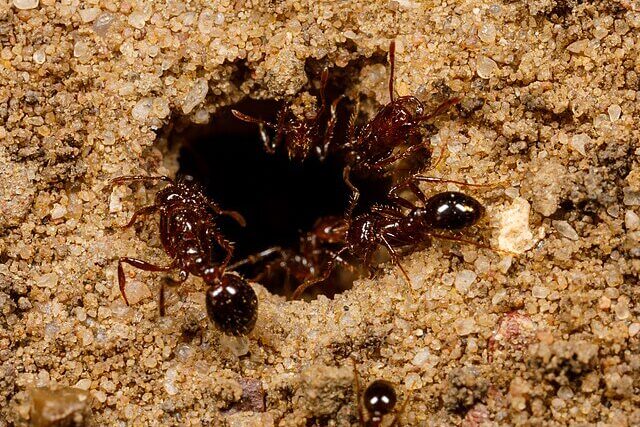
A groundbreaking study reveals the red fire ant, one of the most notorious invasive species globally, has been discovered in Europe for the first time.
This imported ant, scientifically known as Solenopsis invicta, hails from South America but has rapidly extended its invasive reach across the United States, Mexico, the Caribbean, China, and Australia during the past century.
These aggressive insects, when disturbed, deliver a painful sting that can lead to skin irritation and allergic reactions. Additionally, they pose threats to crops and local ecosystems.
The research identifies 88 red fire ant nests scattered across 5 hectares in the vicinity of Syracuse, Sicily, Italy.
“S. invicta is one of the worst invasive species. It can spread alarmingly quickly,” said lead study author Mattia Menchetti, a researcher at the Institute of Evolutionary Biology in Spain, in a statement.
“Finding this species in Italy was a big surprise, but we knew this day would come,” Menchetti said.
Although red fire ants had been previously detected in imported products in Spain, Finland, and the Netherlands, this study marks the first confirmation of an established colony in Europe.
The colonies were found in a suburban area of Syracuse, with the exact means and timing of their introduction remaining uncertain. Researchers speculate that the ants might have entered through a transit point with substantial human activity, such as the city’s port. Local residents reported an increase in ant stings since 2019.
The study posits that wind may have carried flying queen ants from the northwest of Syracuse, where the commercial port is situated. Genetic analysis revealed that these ants likely originated from the United States or China, where Solenopsis invicta is already an established invasive species.
The researchers issued a warning that these ants could soon proliferate throughout Europe. Their model suggests that 7% of the continent, including major urban areas like Barcelona, Rome, London, and Paris, offers a climate conducive to the species.
The findings, published in the scientific journal Current Biology, underscore the significant threat posed by invasive species. A United Nations-backed report released recently estimates that invasive species incur a global cost of at least $423 billion annually. These species drive plant and animal extinctions, imperil food security, and worsen environmental crises worldwide. The discovery of red fire ants in Europe accentuates the pressing need for rigorous measures to curb their expansion and protect local ecosystems and agriculture.
——————————————————————————
At Natural World Fund, we are passionate about stopping the decline in our wildlife.
The decline in our wildlife is shocking and frightening. Without much more support, many of the animals we know and love will continue in their decline towards extinction.
When you help to restore a patch of degraded land through rewilding to forests, meadows, or wetlands, you have a massive impact on the biodiversity at a local level. You give animals a home and food that they otherwise would not have had, and it has a positive snowball effect on the food chain.
We are convinced that this is much better for the UK than growing lots of fast-growing coniferous trees, solely to remove carbon, that don’t actually help our animals to thrive.
This is why we stand for restoring nature in the UK through responsible rewilding. For us, it is the right thing to do. Let’s do what’s right for nature!
Donate today at https://naturalworldfund.com/ and join in the solution!

